Truth: A fancy camera will NOT make you a better photographer. Whether shooting with a dSLR or your mobile device, the basic fundamentals are still the same.
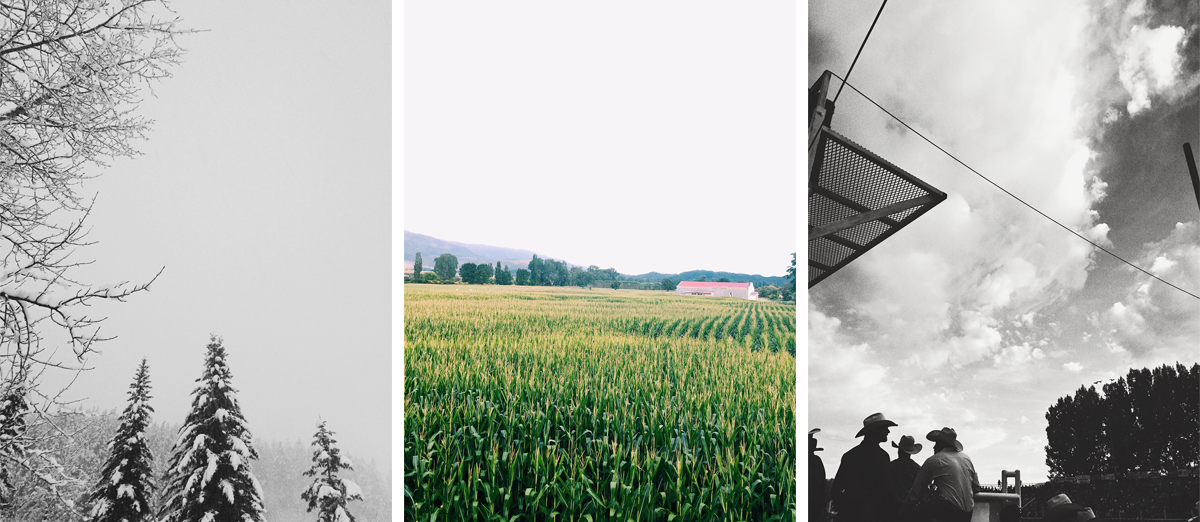
Today we are going to discuss negative space, also referred to as empty or white space. Photographers spend a lot of time thinking about their subjects, however the space around the subject is just as important. Negative space isn’t always “empty”, it can be filled with clouds, trees or ocean, it could be a completely out of focus background.
The minimalist concept of negative space has been used in art & design for hundreds of years and is a key to visually engaging composition. Negative space can be just as interesting as a filled frame, if it’s done right.
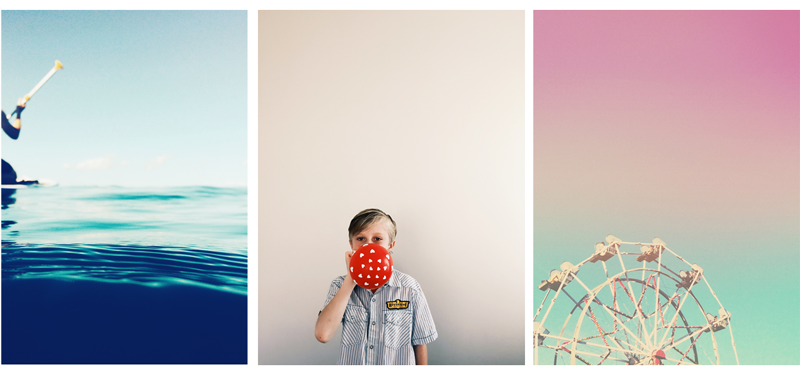
Negative space creates mood and emotion. It can act as a context, or visual “weight”. Proper balance with negative space is essential, I would suggest using the rule of thirds to start.
2 Ways to Achieve Negative Space
- Shoot with negative space
- Crop the image to create the space
The human eye can be pulled to one side of the photo or the other with negative space. If the composition isn’t achieved while snapping the photo, try cropping the image to one side or the other.
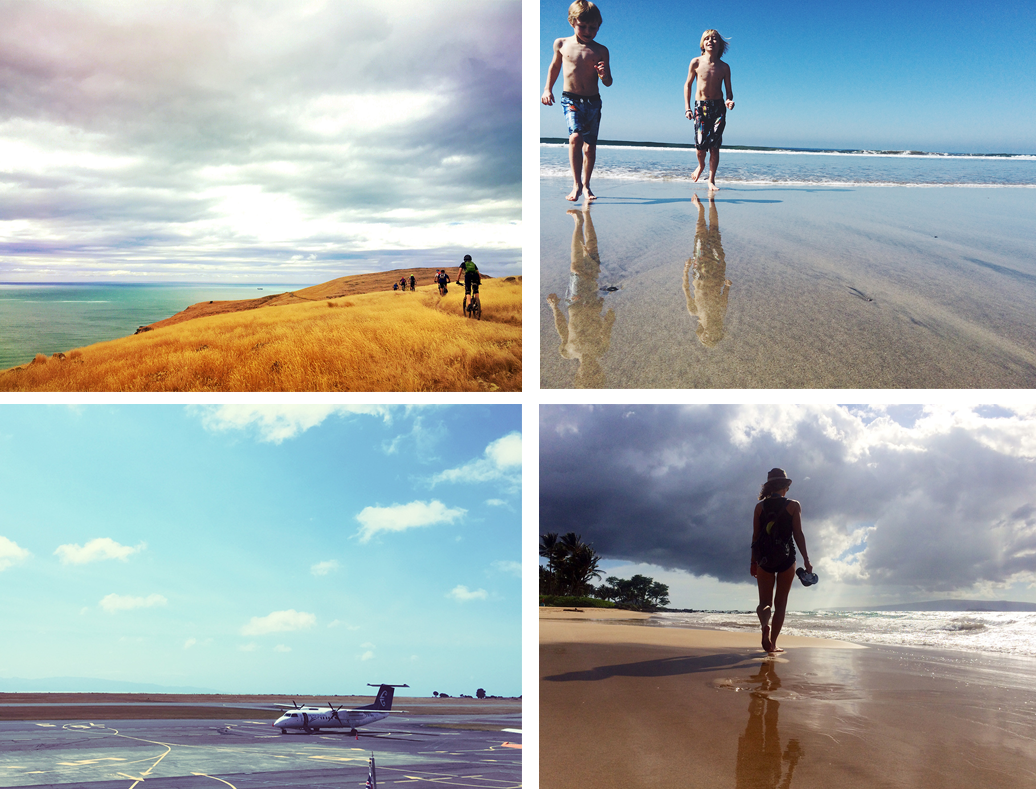
Moving Subject
Cropping the photo can convey a story or emotion. When shooting or cropping, keep the negative space in front of moving subjects, your eye will naturally follow it (see above).
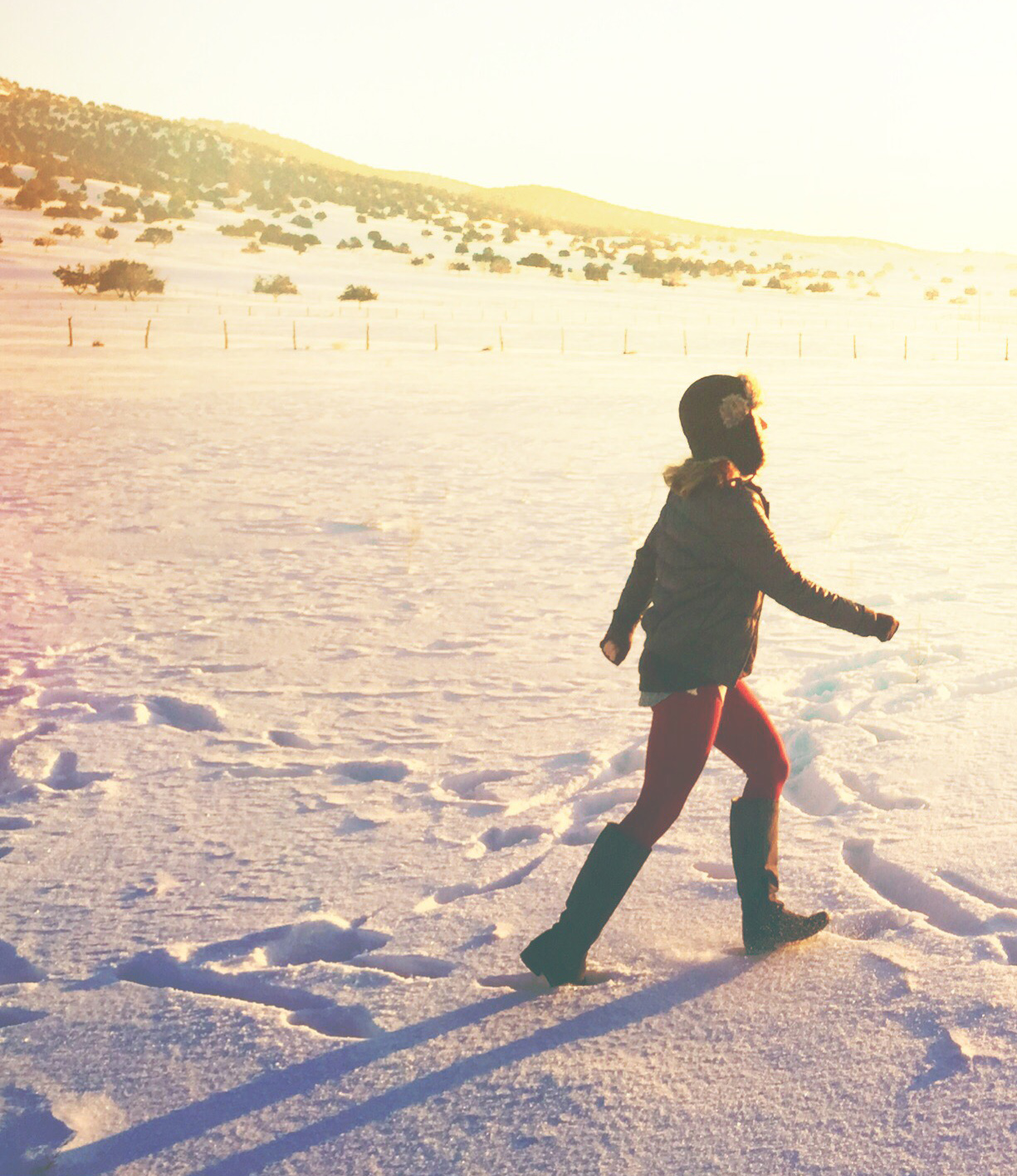
This photo may highlight the shadow, but the eye stops. Where is she going?
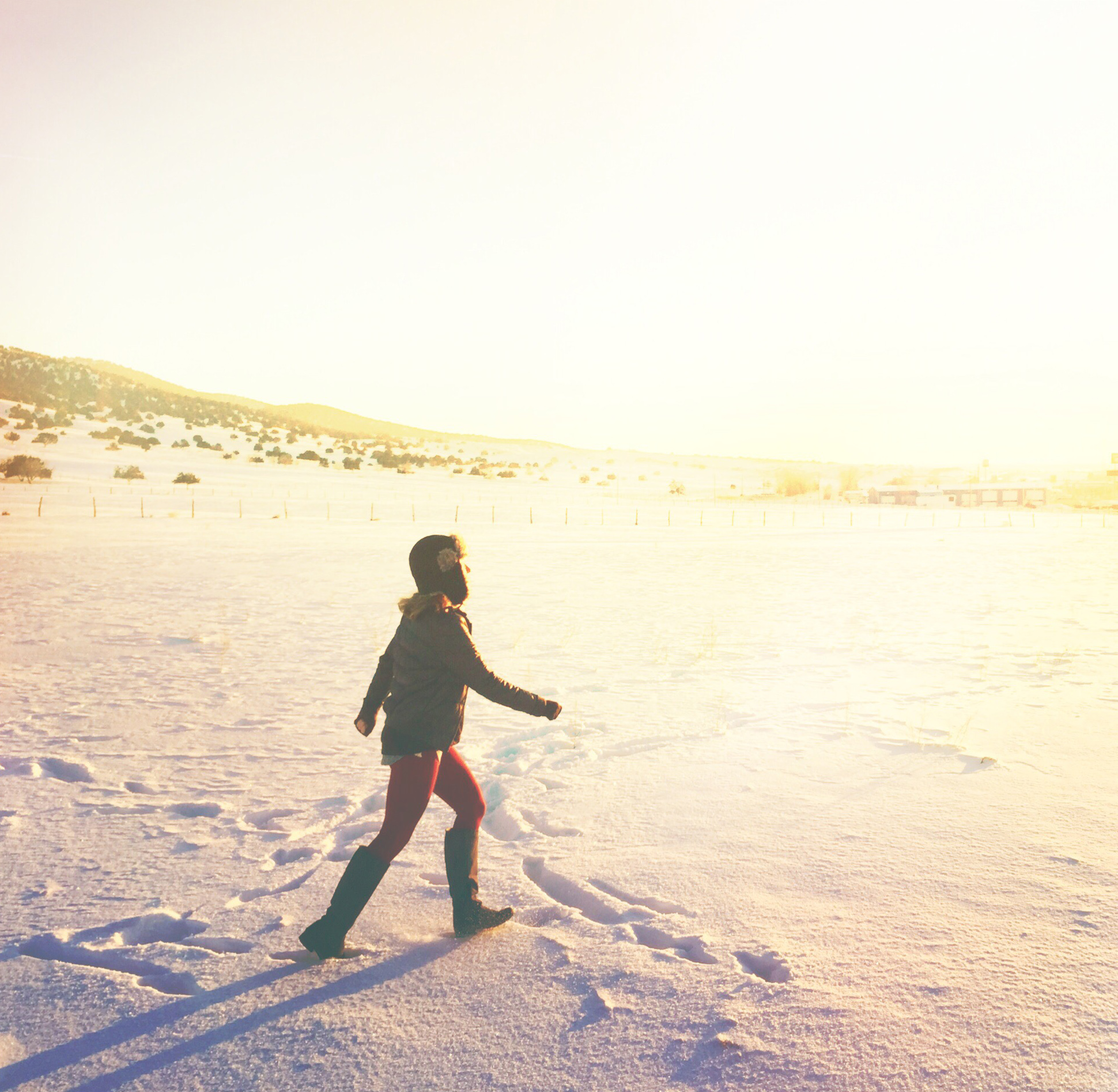
Opening up and including the negative space creates movement in the photo incorporating emotion in the shot.
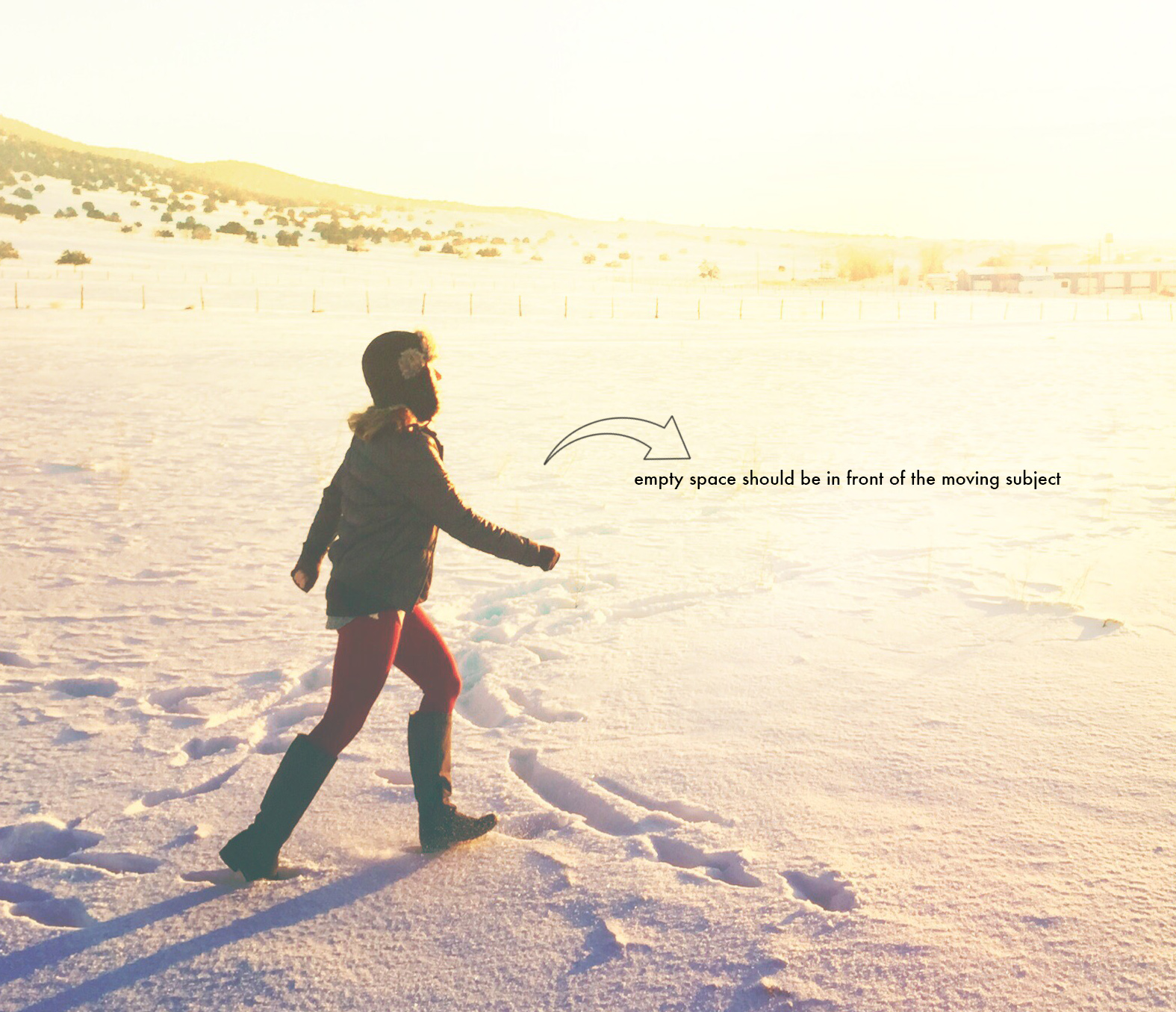
Now get out there and practice! We’d love to see what you come up with. Tag #persnicketyprints on FB, IG, or Twitter.
Additional Photo Tips
- 5 Tips to Avoid Background Clutter
- Exposure
- 8 Tips to Better Photo Composition
- Scrapbooking with Negative Space

Save
Save
Save
Save
Save
Save
Save

